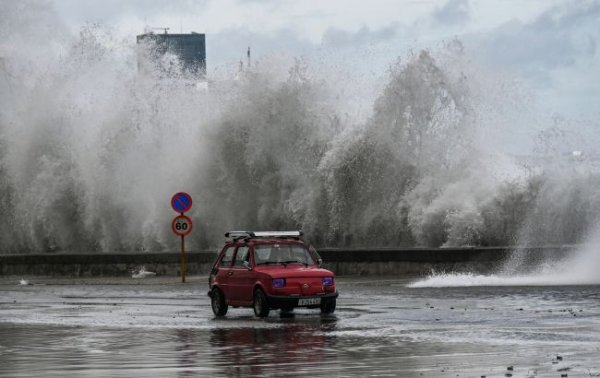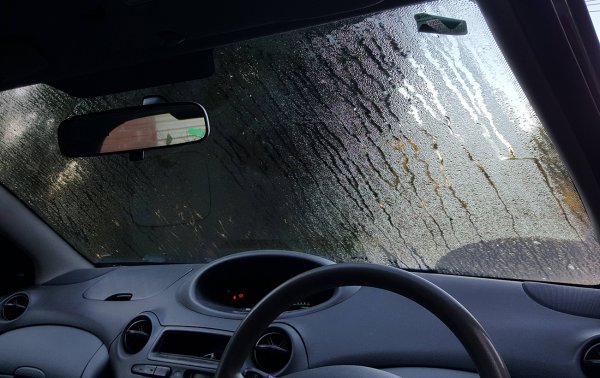
Photo: What is the danger of strong wind for cars (Getty Images) Author: Konstantin Shirokun
It is only at first glance that a modern car is invulnerable to wind – in fact, there are several difficulties that it adds to the driver. RBC-Ukraine Auto journalists tell how not to damage a car in windy weather.
Read about the possible damage to a car from strong wind in the RBC-Ukraine article.
Wind is when air masses move relative to the earth's surface. And the word mass is not accidental here – air has density and weight, that is, it can press on objects with considerable force. And no matter how strange it may seem, a car – itself heavy, metallic and generally so strong and perfect – can suffer from air.
Meteorologists classify up to 6-7 types of winds. But despite the fact that in most parts of Ukraine wind is a common thing, we are mostly familiar with only the three weakest classes of wind: light, moderate and strong. Despite the fact that there are many countries and territories in the world where storms, gales and hurricanes are typical. However, the winds of the existing levels are enough to spoil the life of the average Ukrainian motorist.

Why Wind Is Bad For Cars
The wind can initially cause minor troubles for the driver, such as a windshield covered in thick rain. But when its gusts begin to rock the car and throw broken branches from trees at it, one should expect an outright disaster. And the consequences make a difference where the car is at that time. But let's take everything in order.
Wind increases fuel consumption . The wind that is called moderate (6-8 m/s or 20-28 km/h), when it blows towards the car, seems to add another 20 km/h to its speed. That is, when the speedometer shows the most economical 80 km/h, with a headwind, the engine requires the same power as when driving at 100 km/h – with a corresponding increase in fuel consumption. Let us recall that at this speed, the car spends most of its power on overcoming air resistance.
Wind causes accidents . Experienced drivers will confirm that a strong gust of crosswind can move a car moving at speed to the side by a whole meter. And if this happens when another vehicle is driving nearby, a collision will occur. In general, this is a typical situation for places where the landscape changes: when a car drives out of a forest or from behind a mountain, or ends up on a high bridge over a river valley. Therefore, it is better to avoid driving next to other vehicles during strong winds, and especially next to motorcyclists and cars with a large lateral projection.
The wind throws objects. And when it is strong, the objects are large and dangerous: sheets of slate, road signs, billboards, tree branches and the like. Trees in general pose perhaps the greatest threat, especially if they are large and old – that is, with a large windage and rotten branches and trunks. A separate danger is the courtyards of multi-story buildings, because there are always cylinders with a pile of various kinds of rubbish, which the wind willingly throws down.
Wind throws cargo off trucks . On country roads in windy weather, such type of accidents as a car colliding with some objects lifted into the air from trucks or roof racks of cars is popular. This can be a sheet of slate, and a sheet of plasterboard, not to mention steel sheets and poorly secured boards. So, in such weather on a country road with busy traffic, it is worth keeping a lower speed in order to have more time to react. Moreover, not only a lost steel corrugated sheet can fly into the windshield, but also a branch torn from a tree.
In brief
Yes, wind can be undesirable for a driver in itself. But in addition, it often works in synergy with other unpleasant natural phenomena – in particular, with rain and snowfall. And then each of these two phenomena becomes more threatening for the driver. Therefore, if before some long trip you see a certain kind of bad weather in the forecast, immediately check whether precipitation is not aggravated by a strong wind, more than 14 – 15 meters per second. And if you do not have experience of long-term driving in conditions of limited visibility and slippery roads, such a trip will have to be cancelled or rescheduled.
Materials from Autocentre and Motor were used in preparing this article .
Recently, RBC-Ukraine reported how the wrong gasoline affects a car and how to fix the situation.
